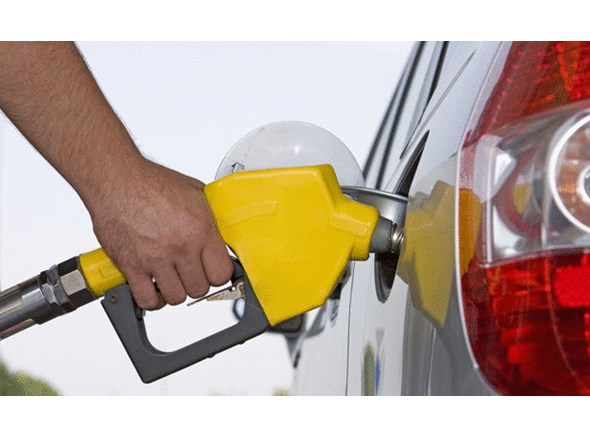
By following the below tips you can improve gasoline consumption and reduce your gasoline bill:
- Keep proper air pressure in tires. “Rain” tires increase gasoline consumption.
- Slowly and smoothly speed up and avoid sudden acceleration, such as when you suddenly speed up to catch the green traffic light, the stronger the gas pedal is pressed to speed up, the more gasoline is pumped.
- Avoid long heating period and do not leave the engine running in case of waiting.
- Try driving as fast as possible and avoid reducing and increasing speed frequently and continuously. Avoid unnecessary braking and stopping.
- Use the speed stabilizer when possible (on long journeys) on level roads.
- Plan your grills and collect short walks in one ride so you avoid heating the engine from scratch multiple times.
- Don’t carry unnecessary weights in your car. Make sure the trunk does not contain unnecessary loads.
- The use of an air conditioner increases fuel consumption, but driving open windows leads to increased fuel consumption arising from the reverse friction of the car’s air. If you are driving in light speed areas, it is best to open windows, but on highways, it is best to close them and turn on the air conditioner.
- Remember that fast driving consumes more gasoline.
- Periodic maintenance such as changing the air filter, fuel filter, spark plugs decrease fuel consumption.
- Do not fill up gasoline unless the fuel tank is empty and the most suitable time to fill when the weather is cold, i.e. in the early hours of the morning and not at night because the ground remains hot at night and fill slowly.
- Do not press the accelelartor pedal too much and leave the RPM below two.
- Check the air filter, oil, pipe and tires to help save gasoline.
- You should not slow down the spare parts and do not speed up to 110 kilometers per hour.
- Don’t fill your vehicle with fuel until the early hours of the morning when the temperature is minimal. Remember that gas stations bury their tanks underground and the lower the ground temperature the higher the fuel density and vice versa the more heat the fuel expands so if you buy fuel in the afternoon or in the evening the liter you buy is not a full pellet. In the field of petroleum work, partial density and temperature of fuel, diesel, jet fuel, ethanol or other fuel products play a major role. A one-degree temperature rise has a significant impact and is important in this work that is calculated and equated, but regular gas stations do not have measures to offset temperature differences in their pumps.
- When filling, don’t press the pump’s hand at full speed, and as you can see, there are three degrees of pump speed in the pump’s hand. ‘Slow.. middle.. And fast.’ By filling at slow speed, you reduce the generated fumes during pumping. The benefit is that all fuel pump hoses contain the property of locking and retrieving rising fumes during filling and pumping fuel quickly will turn more fuel into steam that is pulled back to the main underground fuel tank and eventually you find that you did not get the full amount of fuel purchased.
- One of the most important advices Fill your fuel tank, which is half empty. The reason is that the fuel evaporates faster than one imagines, and the less air in the fuel tank, the smaller the amount of evaporated fuel. That’s why you find that giant fuel tanks in storage stations have floating roofs floating on the fuel surface, eliminating the vacuum between the tank roof and fuel and reducing evaporation.
There are no reviews yet. Be the first one to write one.

